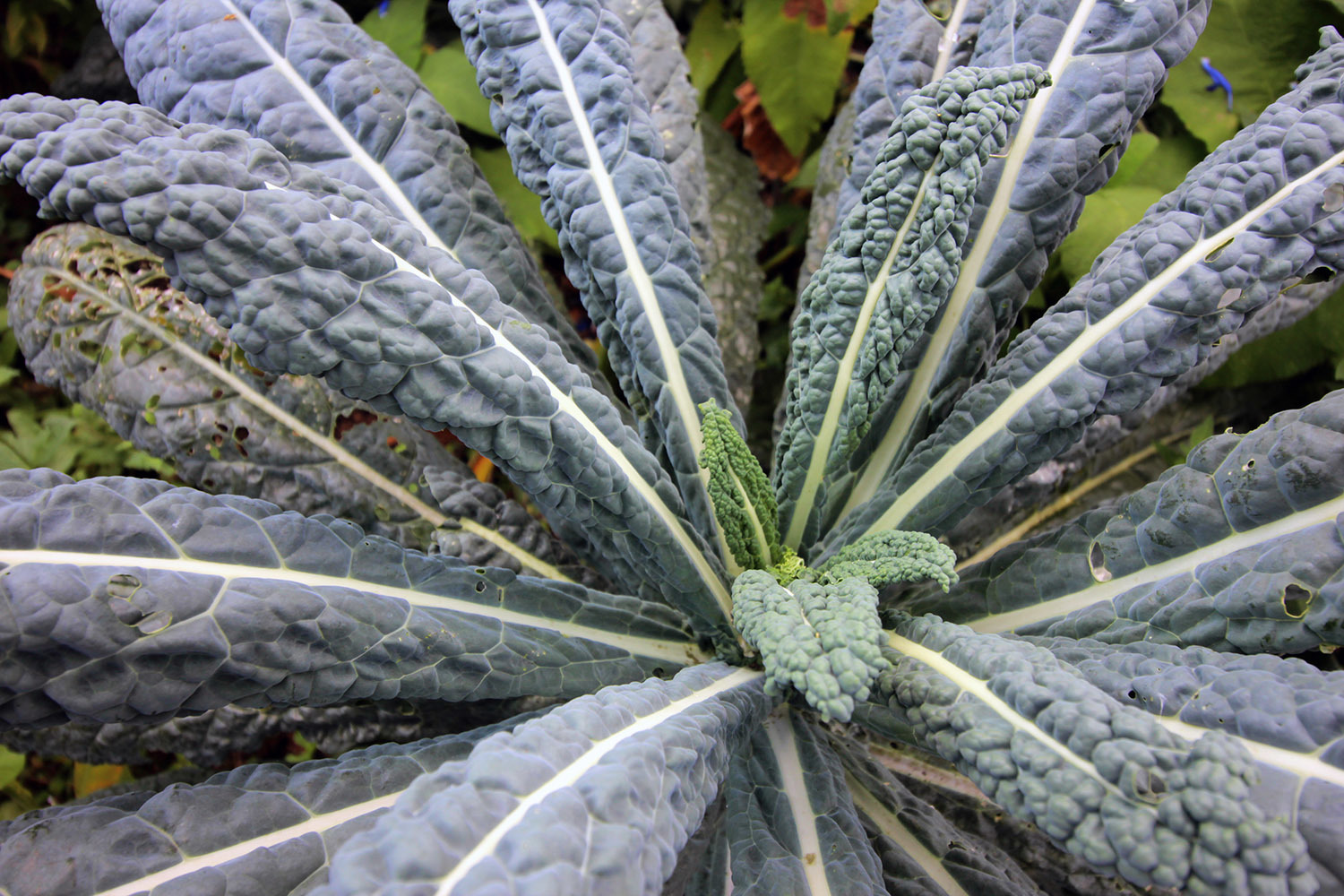
Kale
Brassica oleracea var. acephala
Basic Information
🌿 Family: Brassicaceae🗺️ Zone: 7-10
Other Names:
- Leaf Cabbage
- Collard Greens
🌡️ Ideal Temperature : 40°F – 75°F
🔥 Heat Tolerance: Up to 90°F
❄️ Cold Tolerance: Down to 20°F
🌱 Type: Perennial
Layers
- Herbaceous
Description
Kale (Brassica oleracea var. acephala) is a nutrient-dense leafy green vegetable that can grow up to 60–90 cm (2–3 feet) tall. It has curly or flat leaves that range in color from green to purple, depending on the variety. Unlike cabbage, kale does not form a head.
It is a hardy crop that thrives in cooler temperatures and can tolerate light frosts, which enhance its flavor. Kale is known for its high vitamin and mineral content, making it a staple in many gardens.
🌞💧 Sun and Water Requirements:
- Prefers full sun but tolerates partial shade.
- Requires well-drained, fertile soil rich in organic matter.
- Needs consistent moisture; keep soil evenly moist but not waterlogged.
✂️🫘 Methods to Propagate:
- Seeds: Direct sow in early spring or late summer for a fall harvest.
- Transplants: Start indoors 4–6 weeks before the last frost and transplant when strong.
- Cuttings: Some varieties can regrow from cut stems placed in water or soil.
🧑🌾👩🌾 When to Harvest:
- Leaves can be harvested when they reach 10–15 cm (4–6 inches) long.
- Pick lower leaves first, leaving the center intact for continuous growth.
- Mature plants can produce leaves for several months, especially in cooler seasons.
Purpose
Kale serves multiple functions in a permaculture system:
- Edible: Highly nutritious and used in salads, soups, and stir-fries.
- Medicinal: Rich in vitamins A, C, and K; supports immune and cardiovascular health.
- Dynamic Accumulator: Absorbs and accumulates minerals such as calcium and magnesium.
- Wildlife Attractor: Flowers provide nectar for bees and other pollinators.
- Border Plant: Works well as an edge plant in garden beds.